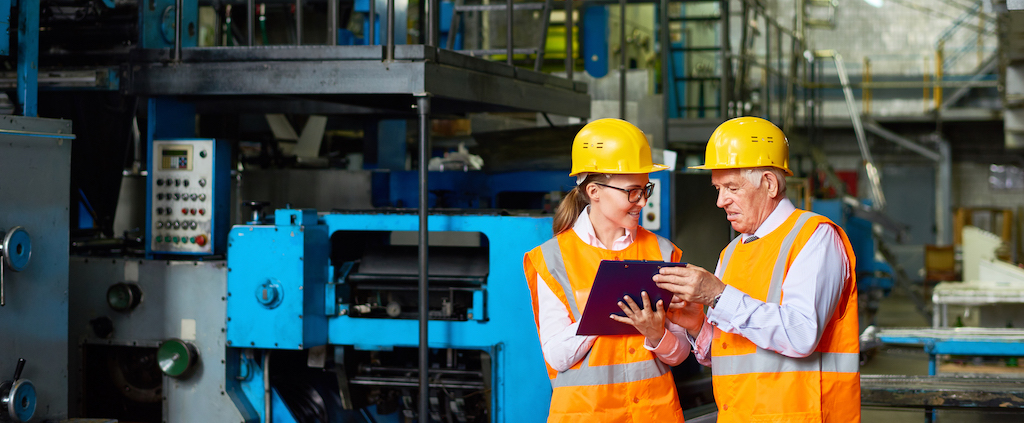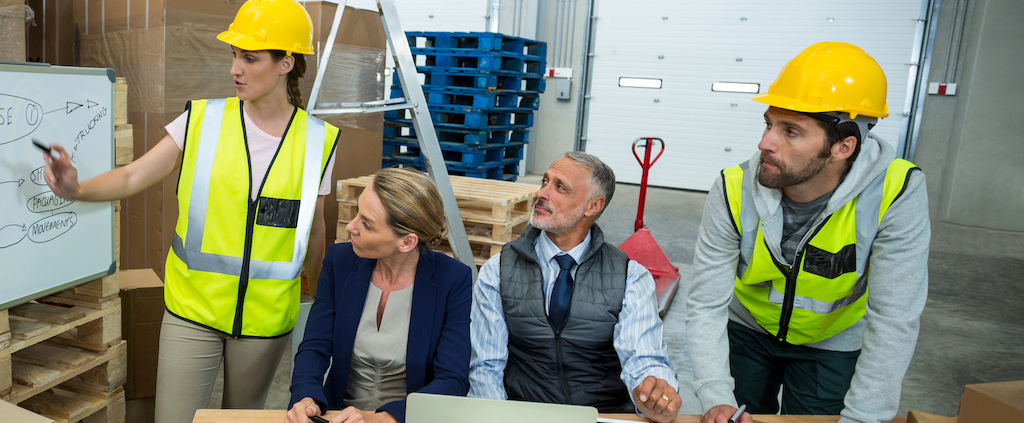"CARE,PROTECT,GROW": THE U.S.COMPLIANCE BLOG
Filter by Topic

Active Shooter in the Workplace
It may be an uncomfortable topic to address, but the reality is that severe workplace violence incidents can happen at any time, in any facility.

OSHA Inspections – The General Duty Clause
While you may be familiar with OSHA inspections that result in violations of 29 CFR 1910, 1926, 1904, etc., have you experienced a citation that

DOT HazMat – Understanding Training Needs in Manufacturing
Transporting hazardous materials requires care, attention, and specific training certified by the Department of Transportation (DOT). It’s essential that employers understand what qualifies as a

Temporary Workers – Preparing Your Company When Bringing in Additional Help
Hiring temporary workers has increased more than ever in today’s work environment. This can create many opportunities for staffing agencies and host employers looking to

Injury Management 101
Injury management is an important part of any facility’s safety management program. Facilities should have a plan to prevent injuries from happening, as well as

Stormwater Pollution Prevention Plans (SWPPPs): Keeping Your Plan Compliant
If your facility performs industrial activities outside or has outdoor storage, there is a good possibility that you are applicable to general industrial stormwater permitting.

OSHA’s Regulatory Agenda, Strategy and Emphasis Programs – Setting Up Your Year for Success
OSHA’s Regulatory Agenda Understanding OSHA’s regulatory agenda and priorities for 2021 can help your business maintain compliance and avoid costly fines. OSHA’s Regulatory Agenda and

Safety Committees – Tips for an Effective Team
Safety Committees can be a multifaceted tool within any organization’s Health and Safety program. According to an article from EHS Today by Guy Burdick, “Having

Contingency Plans & Quick Reference Guides
In order to facilitate the response to a potential emergency, all Large Quantity Generators (LQGs) are required to submit a Contingency Plan. According to Title
TRI Reporting: Lead and the “Qualified Alloys”
Background The Toxics Release Inventory (TRI) is a national, publicly available database that summarizes toxic chemical releases reported annually by industrial and federal facilities. It

Parametric Monitoring: What It Is and How to Manage Abnormal Readings
The Clean Air Act (CAA) was established to protect public health and the environment from hazardous and harmful emission releases into the atmosphere. As part

Environmental Reporting and Covid-19
The upcoming environmental reporting season includes major obligations for most programs. With business as usual disrupted for the past couple of months, it is important
